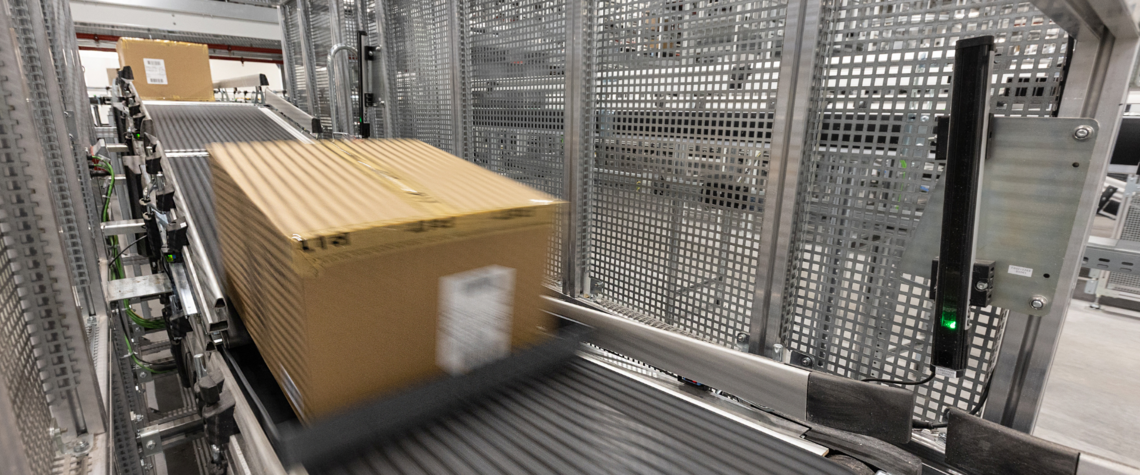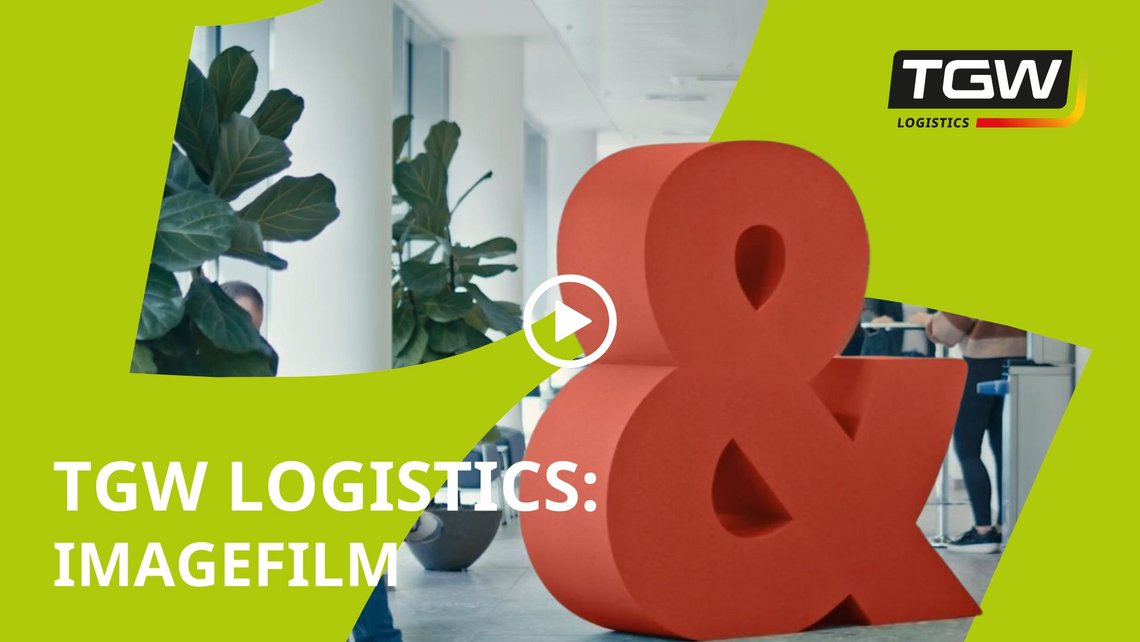

Modern warehouse automation faces unprecedented challenges as consumer demand for large items surges. E-commerce has transformed shopping behavior across product categories, including furniture, appliances, and fitness equipment, that were once purchased exclusively in-store. This transformation has forced companies to rethink their product design and order fulfilment strategies to accommodate oversized inventory.
Big and bulky items typically include products exceeding standard package dimensions or weights. These items require special material handling equipment, dedicated storage solutions, and modified picking processes. The demand for these products through e-commerce channels has grown substantially, with furniture projected to become the second-largest category for e-commerce sales through 2027. Many manufacturers, especially in fitness equipment and furniture industries, have responded by redesigning products as "Ready to Assemble" options, making packaging and transportation more efficient while reducing costs.
Challenges extend beyond physical handling. Safety concerns, space inefficiencies, and slower fulfilment times impact the bottom line for consumer goods logistics operations. Automation technologies have become powerful tools to enhance safety, optimise space, and accelerate order processing.
![[Translate to UK:] warehouse operations and order fulfillment](/fileadmin/_processed_/7/2/csm_Bulky_Items_Blog_Inner_1_cf4355193f.png)
![[Translate to UK:] warehouse operations and order fulfillment](/fileadmin/_processed_/7/2/csm_Bulky_Items_Blog_Inner_1_cf4355193f.png)
Unique Logistics Challenges of Oversized Inventory
Traditional conveyor systems designed for totes or small packages cannot accommodate mattresses, appliances, or furniture pieces. This limitation forces warehouses to rely on manual processes or forklifts, reducing efficiency and throughput.
The manual handling of heavy objects substantially increases injury risks. According to safety statistics, manual handling accounts for over a third of workplace injuries. The injury rate in warehousing is approximately 5 out of every 100 workers, more than double the average across all industries.
When stored inefficiently, large items consume disproportionate amounts of warehouse real estate. Without specialised storage solutions, big products occupy floor locations that could house multiple smaller items, reducing storage density and increasing costs.
Accurate picking and packing become difficult with oversized items. Conventional tracking systems may struggle with large, awkwardly shaped products, leading to higher inventory error rates and order mistakes. For example, multi-component products like furniture sets require precise coordination to ensure all pieces ship together correctly.
Limitations of Traditional Fulfilment Approaches
Inflexible racking wastes substantial vertical and horizontal space when storing irregularly shaped items. Wide aisles required for manual forklift operation consume valuable floor space that could otherwise be used for storage. Static layouts also limit adaptation to changing inventory profiles, which is especially problematic for operations handling seasonal product assortments.
Labour-intensive workflows lack scalability during peak periods. Operations relying on manual handling struggle to increase throughput without proportional staffing increases, creating fulfilment backlogs when customers expect faster service.
Tracking large items becomes especially difficult without specialised inventory management tools. Reduced visibility leads to inefficient picking routes, longer search times, and occasional "lost" inventory. This inefficiency multiplies with large items that may not fit standard storage locations or need specialised handling procedures.
Fulfilment delays affect both wholesale and direct-to-consumer channels. Business relationships suffer when large products cannot ship promptly, while consumer satisfaction plummets when e-commerce deliveries face extended lead times. These delays become particularly problematic for residential deliveries requiring appointment scheduling and specialised delivery teams.
How Automation Modernises Big and Bulky Warehouse Operations
Autonomous mobile robotics dramatically reduce forklift reliance. These systems transport heavy items with minimal human intervention. Modern pallet-handling technology features expanded weight capacities and specialised mechanisms for odd-shaped loads, reducing accident risks while increasing throughput.
Vertical storage solutions maximise space utilisation. Automated storage and retrieval systems (ASRS) can store products at heights that are impractical with manual handling, tripling usable storage capacity. These systems retrieve bulky items from high-density storage positions, eliminating inefficiencies common in traditional arrangements.
Integrated management systems optimise item flow throughout facilities. TGW Logistics' WERX software provides visibility and control across diverse SKU types and delivery requirements, coordinating all aspects of large-item handling from receiving to shipping.
Automation addresses ergonomic considerations. Mechanised picking solutions reduce physical strain, decrease injury risks, and improve workplace safety standards for warehouse staff managing heavy loads. Workers can direct robots and automated equipment rather than manually lifting and carrying large items, reducing fatigue and increasing productivity throughout shifts
TGW Logistics Approach to Large-Item Fulfilment
TGW Logistics develops modular systems tailored to large goods' physical dimensions and turnover rates. Rather than one-size-fits-all solutions, TGW Logistics analyses each client's product range and designs custom handling systems to accommodate various product sizes and weights.
TGW Logistics’ systems are also designed to seamlessly handle both small and large items within a single, integrated fulfilment solution. By blending technologies like shuttles for items up to 800x600mm with pallet shuttles or SAFELOG mobile robots for larger goods, TGW Logistics enables businesses to automate a broader range of SKUs — without splitting operations.
Their solutions support both e-commerce and retail replenishment models, recognising the omni channel nature of modern consumer goods logistics. This dual capability allows businesses to consolidate operations and realise economies of scale across channels.
The scalable infrastructure adapts dynamically to changes in SKU mix and order volume. Systems can be reconfigured to accommodate changing product dimensions without significant overhauls, which is valuable for operations managing shifting assortments of large products throughout the year.
This ability to integrate handling for diverse product types ensures a more synchronised operation, where picking, packing, and staging for all item sizes flows smoothly — regardless of volume or channel. TGW Logistics's warehouse automation solutions typically reduce labour costs by 50% while improving throughput capacity for oversized items.
As a global leader in warehouse automation with over 50 years of experience, TGW Logistics provides end-to-end fulfilment solutions specifically designed for large items, combining advanced robotics, ASRS technologies, and intelligent WERX software for complete supply chain visibility. Implementing these integrated systems creates highly efficient buffer zones for staging large items before shipment, facilitating smoother transitions between processing stages.
![[Translate to UK:] warehouse operations](/fileadmin/_processed_/7/9/csm_Bulky_Items_Blog_Inner__2_6d37a36af7.png)
![[Translate to UK:] warehouse operations](/fileadmin/_processed_/7/9/csm_Bulky_Items_Blog_Inner__2_6d37a36af7.png)
Software Integration for Smart Fulfilment
Advanced software forms the central nervous system of effective large-item handling operations. TGW Logistics's WERX platform aligns fulfilment with broader warehouse automation strategies, eliminating operational silos that hamper efficiency.
Real-time tracking improves accuracy and enhances customer experience. Continuous visibility allows operations to provide accurate delivery estimates and status updates, particularly valuable for large, high-value purchases.
Intelligent algorithms direct efficient storage and retrieval routes, optimising facility movements. Intelligent routing minimises travel distance and maximises equipment utilisation for items requiring specialised handling equipment.
Software integration reduces error rates and missed service level agreements for oversized items by enforcing verification protocols and maintaining chain-of-custody tracking, virtually eliminating shipping errors. Advanced forecasting capabilities also help facilities anticipate demand spikes, ensuring sufficient resources for handling volume fluctuations throughout seasons or promotional periods.
Customer Benefits
Warehouse automation solutions create safer work environments. Systems dramatically decrease manual lifting needs, reducing strain-related injuries. Warehouses implementing proper automation can reduce handling injuries by as much as 80%, creating healthier workplaces and reducing workers' compensation claims.
Increased throughput without expanding the footprint or labour force allows businesses to handle growing order volumes sustainably. Automated systems typically process orders 2-3 times faster than manual methods, requiring less floor space. This efficiency proves particularly valuable for operations in urban areas where warehouse space comes at a premium.
More consistent delivery performance directly impacts the bottom line. When large-item orders are fulfilled accurately and promptly, customers report higher satisfaction and demonstrate greater loyalty, creating a competitive advantage. The ability to provide narrow delivery windows and reliable service becomes a key differentiator for businesses handling oversized products. Additionally, optimising trucking routes based on orders can help with cost management for transportation operations.
TGW Logistics's automation solutions typically deliver ROI within 3-5 years through labour savings, increased throughput, and reduced error-related costs. These benefits grow as labour costs rise and delivery expectations intensify. Energy-efficient technologies also reduce power consumption compared to traditional warehouse operations, supporting sustainability goals alongside operational improvements. Retailers also benefit from improved management of spare parts, add-ons, and accessories that accompany large items. Automation streamlines the storage, retrieval, and fulfilment of these smaller components, ensuring customers have the best possible experience whether purchasing in-store or online.
Looking Ahead: The Future of Consumer Goods Logistics
As consumer demand for large items through e-commerce grows, scalable automation becomes increasingly vital. TGW Logistics's platforms support business growth without requiring warehouse reconfiguration, allowing incremental expansion as order volumes increase.
Future-ready designs ensure flexibility as SKUs or demand profiles evolve, preventing technology obsolescence and maximising investment life. Advanced automation helps businesses meet expectations in a marketplace increasingly dominated by large-item e-commerce.
Integrating artificial intelligence and machine learning into warehouse systems promises to optimise large-item handling further. These technologies analyse historical data to predict demand patterns, suggest optimal storage configurations, and continuously improve picking routes for maximum efficiency.
By implementing targeted warehouse automation systems designed specifically for oversized inventory, organisations transform what was once a logistical liability into a competitive advantage in the expanding consumer goods logistics marketplace. As more retailers enter the big and bulky item space, those with optimised automation solutions will establish lasting market leadership through superior customer experience and operational excellence.
Transform Your Large-Item Logistics
Ready to overcome the challenges of handling big and bulky inventory? TGW Logistics's automation solutions streamline fulfilment operations, dramatically improving safety metrics while cutting labour costs by up to 50%. Our tailored systems optimise warehouse space and increase throughput capacity for even the most challenging oversized items. Don't let outdated manual processes limit your growth potential.
Connect with a TGW Logistics expert today to discover how automation can future-proof your operations and transform your order fulfilment capabilities for oversized products. Your warehouse and your bottom line will thank you.
TGW Logistics is a foundation-owned company headquartered in Austria and a global leader in warehouse automation and warehouse logistics. As a trusted systems integrator with more than 50 years of experience, we deliver end-to-end services: designing, implementing, and maintaining fulfilment centres powered by mechatronics, robotics, and advanced software solutions. With over 4,500 employees spanning Europe, Asia, and North America, we combine expertise, innovation, and a customer-centric dedication to help keep your business growing. With TGW Logistics, it's possible to transform your warehouse logistics into a competitive advantage.
